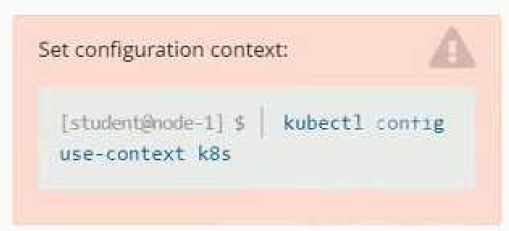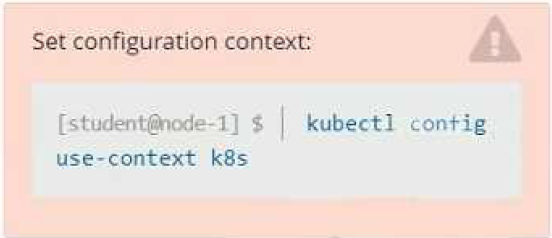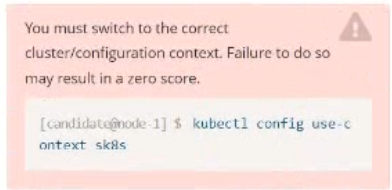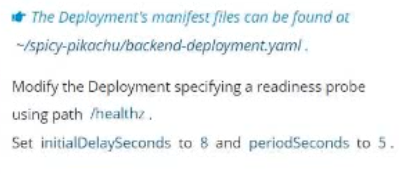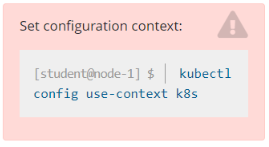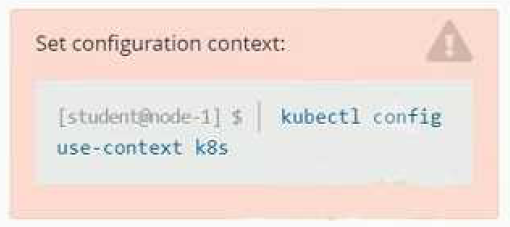- 33 Actual Exam Questions
- Compatible with all Devices
- Printable Format
- No Download Limits
- 90 Days Free Updates

| Vendor: | Linux Foundation |
|---|---|
| Exam Code: | CKAD |
| Exam Name: | Certified Kubernetes Application Developer |
| Exam Questions: | 33 |
| Last Updated: | November 20, 2025 |
| Related Certifications: | Kubernetes Application Developer |
| Exam Tags: | Intermediate Kubernetes Application DeveloperKubernetes Developers |

- 24/7 customer support
- Unlimited Downloads
- 90 Days Free Updates
- 10,000+ Satisfied Customers
- 100% Refund Policy
- Instantly Available for Download after Purchase
